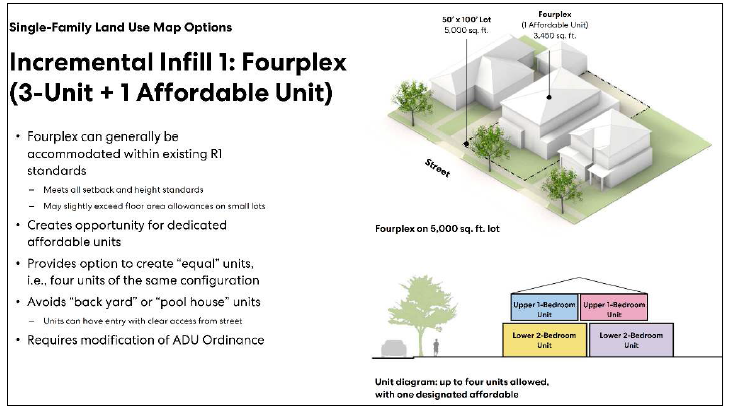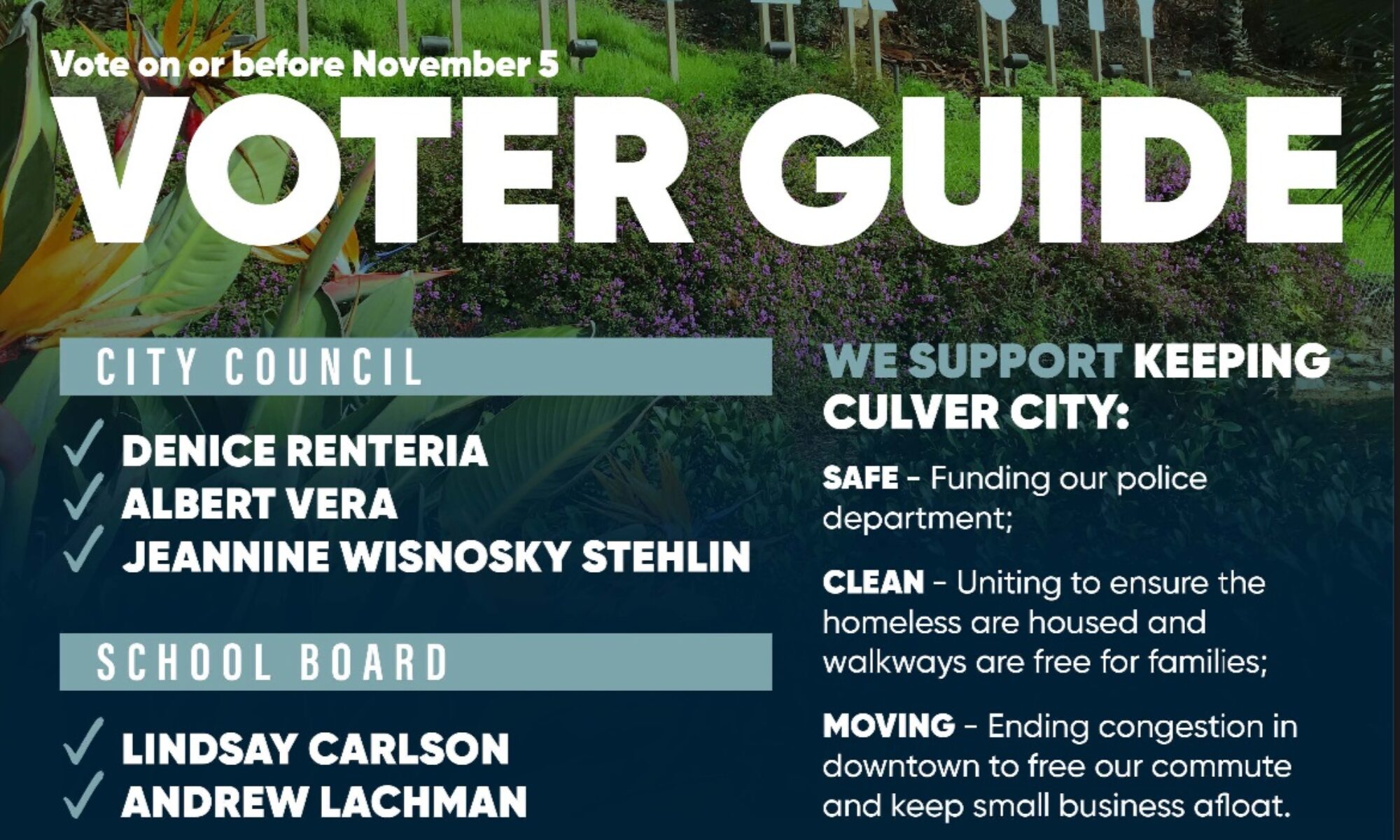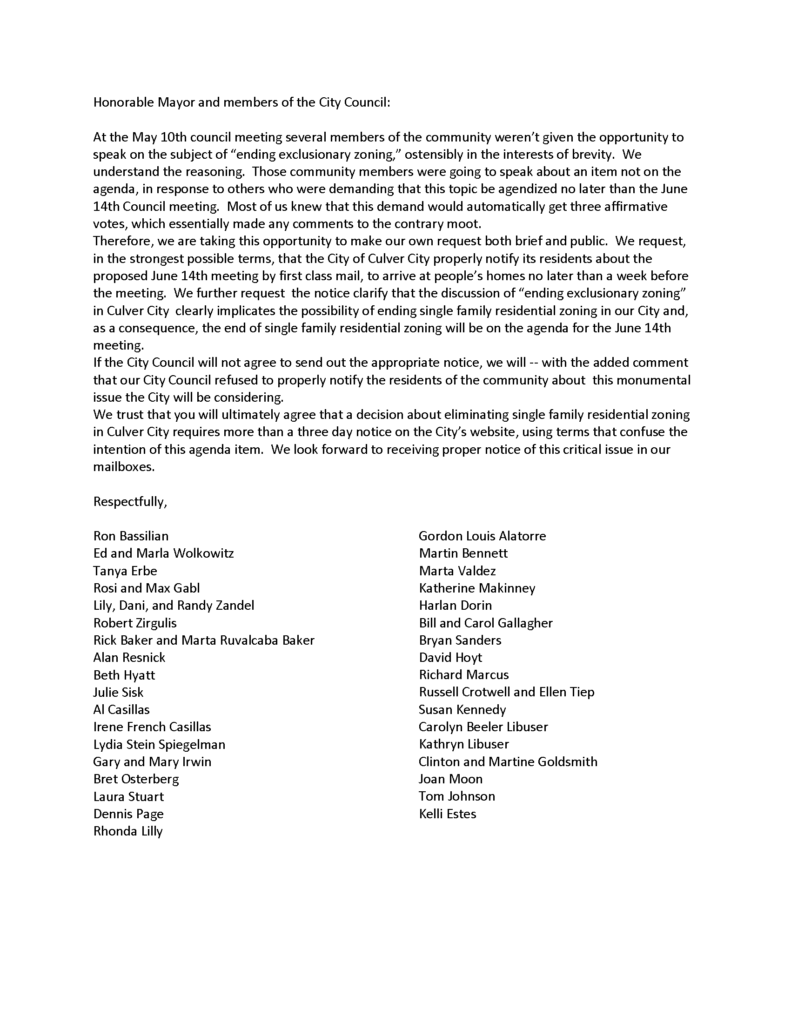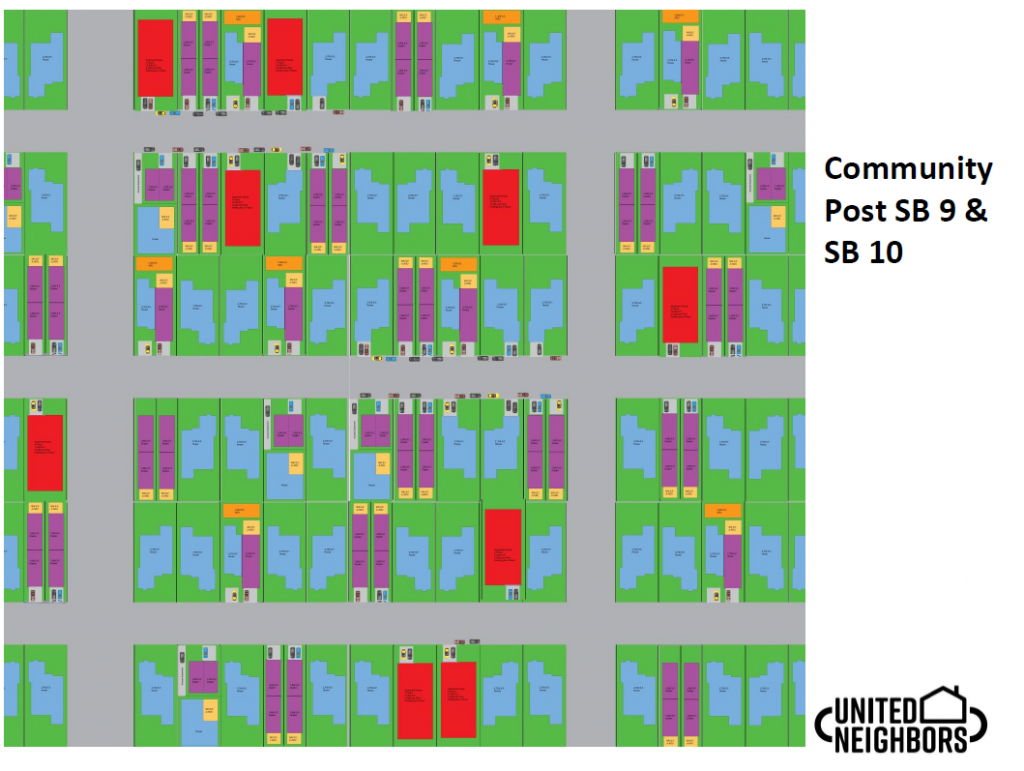Concerned about Upzoning?
Wondering what you can do?
Special meeting May 25th 7th
via Zoom / location TBA
Contact Us for RSVP and meeting link
Everything you need to know about Council’s Housing Element and its plans to upzone Culver City out of single family homes
- Incremental Infill – four units per single family lot?
- Affordable Housing Overlay – relaxing building codes
- SB9 lot splitting – up to eight units per lot?
- SB10 – up to ten units per lot?
- 3-2 Council split? Who’s for it? Who’s against it?
Over the past year or two, Culver City Council has been busy preparing and submitting its proposed housing element to the State of California’s Housing and Community Development department. This housing element will guide Culver City’s building codes for the rest of the decade. This process has been fraught with confusion, with residents generally having no idea what this means for their homes and neighborhoods. We will break this down for people.
Incremental Infill
At the core of Council’s plans include what is called Incremental Infill this is a legal term meaning up to three units can be built on a standard lot in the city. A fourth unit can be built if it meets the criteria of “affordable” – those criteria have yet to be defined.
Council had several options prepared by staff about how much of the city would qualify for this “incremental infill.” In the interests of “equity,” they decided the entire city would qualify for this classification. This includes many controversial areas like the Upper Crest which are not suitable for multiunit development.
Affordable Housing Overlay
At their meeting April 26th, 2022, the Council voted 3-2 to also adopt an “affordable housing overlay.” This would relax many of our city’s zoning regulations, such as parking requirements, floor area allowances, setback requirements, etc., provided they make certain units “affordable.” Again, we’ve yet to see concrete policies on what is considered affordable, how much of a development would be affordable, or the zoning requirements abandoned to allow this.

SB9 Lot Splitting provision – what does it mean?
Sacramento recently passed SB9 which allows cities to split all single family lots into two, and allow a duplex to be built on each of the two lots. This already bypasses the city’s plan and would allow up to four units on a lot. The issue is how that mixes with Council’s current incremental infill proposal. At their April 25th meeting, Council debated what this would mean – would they allow a fourplex on each of the two lots, allowing up to eight units? In the end, they decided not to clarify on the policy. Nor did they answer our requests for clarification on this issue. Councilman Daniel Lee did claim the possibility for up to eight units on a lot, in a previous meeting.
SB10 – up to ten units in “job/transit rich” neighborhoods
Sacramento also passed SB10 last year, which would allow up to TEN units to be built on a single family lot in neighborhoods the state deems job or transit rich. You may guess about 90% of Culver City falls under this classification, given our central city location. Council has not yet deliberated on this law and how they would adopt it. But Culver City for More Homes, an activist group with ties to three of the Councilmembers, has written a law to the state HCD rep requesting to have Culver City abide by this law.
Who’s for this? Who’s against it?
Council has consistently voted 3-2 for Incremental Infill, the Affordable Housing Overlay, and all the other subsequent issues regarding upzoning Culver City. The three councilmembers voting for it are Alex Fisch, Daniel Lee, and Yasmine Imani-McMorrin. The two councilmembers consistently voting against this are Goran Eriksson and Albert Vera.
This has been the source of bitter division in the Council chambers. Eriksson and Vera have both written letters to the state claiming a lack of any engagement with residents about these upzoning plans – a clear requirement of the Housing Element process. Our PAC has also consistently pointed out the lack of resident engagement in this process – even a denial by Councilmembers of their upzoning intention. You may have seen our door hangers and signs around the city as well.
Two of the Councilmembers – Alex Fisch and Daniel Lee – are seeing their terms end in November. So far, neither has stated their intentions to run for re-election. Daniel Lee is currently running for Congress, an indication he’s not looking for another term on the Council.
Residents who are opposed to these upzoning plans have already rallied behind two potential candidates – Dan O’Brien and Denice Renteria. They both come with the support of Councilmembers Vera and Eriksson. Many of Fisch and Lee’s original supporters in 2018 have abandoned them because of their stance on upzoning and are now supporting O’Brien and Renteria for Council instead.
Our position at Protect Culver City has always been that the residents need to be engaged in this process, and that Council’s decisions need to reflect the will of the residents. We’ve written the state ourselves, asking to delay certification of our Housing Element until a new Council is elected in November. A Housing Element reflecting the new Council would have a much stronger mandate than this one.


